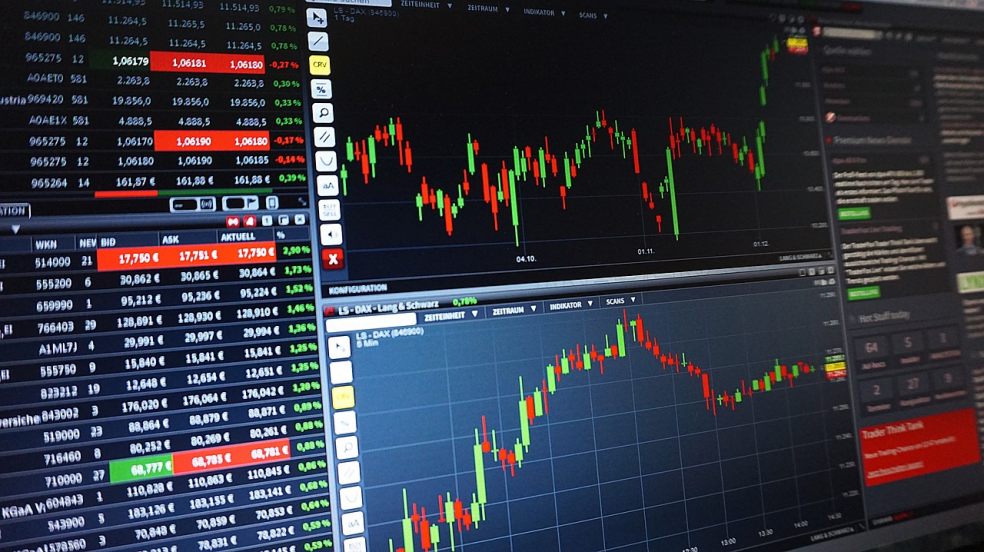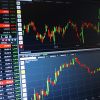
Becoming a trader on the financial market yourself - What to keep in mind
What exactly is trading?
Trading refers to the trading of securities in order to pursue a certain profit intention. There are different forms of trading, such as day trading, swing trading, online trading, forex trading (trading with currencies) and position trading. Most of them take place on the stock exchange, but can also be executed via other institutions ("over the counter"), in short otc. A security is a deed that evidences a certain private right; this is the only way the respective right can be asserted. These include currencies, equities, warrants, CFDs, bonds, futures and bonds. Other interesting forms of investment are contacts of difference in trading these certificates, which are bought and sold again by private and entrepreneurial investors. The focus is on the best price and the highest liquidity. Since stock exchanges have sometimes made strict regulations for this, many day traders rely on stock brokers, which however have the disadvantage of charging a certain commission for each trade executed. Brokers are stockbrokers (execution of trading orders), advisory stockbrokers (have a superficial advisory function) and discretionary stockbrokers (trade on behalf of the trader). Day trading describes securities trading that is carried out within a very short framework (within one day) and has been practiced since 1971. However, short-term trading also brings with it a number of disadvantages; for example, the value changes only very slightly within the short time window, which means that there is little chance of profit and further positions have to be credit-financed.
The human and technical reaction time is also very demanding.
In the overall context, trading means the sale and purchase of financial instruments with the aim of earning as much money as possible with as little effort as possible. This is done with the help of speculation. It is the opposite of investments planned for the long term.
Online trading
This special form of stock trading considerably shortens the time frame in comparison to the previous method, making trading in real time possible. Seconds or even milliseconds play a role here. All you need is a computer or laptop and a stable Internet connection. Additional advantages of using the Internet include the acquisition of information and the purchase of shares at the click of a mouse. It is also important to pay attention to volatility, the fluctuation of a security price, which can only make a profit possible. In order to start trading online, it is sufficient to register with a direct bank and open a securities account. Practice is possible with a free demo account and virtual money. However, you should make sure that you do not move too quickly to trading with real currencies after a successful trial period.
Trading to appropriate yourself
Trading is not a protected profession and training in this field is not offered anywhere. There are offers and seminars from professional traders, but hidden costs can arise. In order to avoid losses, some rules of the game should be heeded. So one should not rely on pure luck and adhere to self-imposed procedures. Losses are often absorbed with a stop-loss order, which is an exit when the price falls too far. The capital invested per trade should not exceed two percent of the deposit value and the trading commitment should not exceed 10 percent.
How exactly do traders trade?
Trading mainly involves observing the market, developing a sense of the stock market, betting on a certain stock performance. In CFD (difference contracts), bets are basically placed on certain price movements or value changes. CFD and Forex trading usually rely on leveraged trading, which involves borrowing a missing capital difference from a broker. Both variants promise very high profits, but are definitely not suitable for beginners due to the enormous risk potential.
Essential market analyses and strategies
Although many strategies have become established in the meantime, they are not really reliable in the long run and therefore long-term success cannot be guaranteed. These strategies can be summarized with the term chart analysis or also technical analysis. Chart analyses aim to predict the best possible time to trade with the help of certain anomalies and patterns and data from previous trading years. From this, some key figures can be read, such as trends of a price trend, wind resistance or support (above highs and lows). There is also a lot of speculation about numbers, including trend following and momentum strategies. The former is based on the fact that a price falls or rises further, in addition certain analysis programs are also used.
Do not ignore the risk
You shouldn't be too distracted by dream ideas in this very risky job. With the exception of successful traders, very many in this business have to bite their way through several working hours a day with price analyses and earn little or even suffer losses. One should therefore carefully consider whether one dares to take this step. As already mentioned, it is therefore important to start with a demo account, to inform yourself sufficiently about technical literature and similar things and to invest only money, which you do not necessarily need.
For even more information about trading, visit asktraders.com.



















